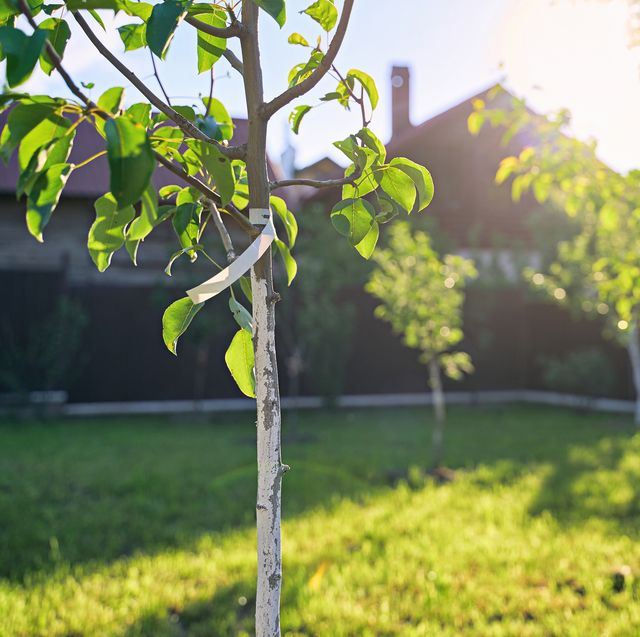What comes to mind when you think of pruning? For many people, it’s a topiary shrub clipped into an ornamental shape. Though we often think of pruning as an aesthetic practice, it actually serves a much wider purpose. Each pruning cut has the ability to change the growth pattern of a tree forever; making pruning young trees an essential practice in order to maintain health and encourage a strong structure as they mature.
Pruning is a common type of tree maintenance which can fulfill different objectives as a tree ages. Objectives are generally established by both a certified arborist and homeowner and can include:
- Removing broken, dead, dying or diseased branches
- Establishing a strong growth form (structural pruning)
- Creating clearance for vehicles or pedestrians
- Thinning large, heavy branches
- Reducing risk
Establishing pruning objectives helps determine why, when and how a tree will be pruned. Given the lifelong impact pruning can have, every cut should serve a specific function. A good practice is to ask and answer the following question before each cut: I am removing this branch because _____.
Structural pruning is a type of pruning that aims to develop long-lived, low-risk, stable trees. Growth defects usually begin to develop at an early age and tend to become worse as a tree matures. Prioritizing structural pruning while a tree is young is important because it can help correct any problems before they progress too far. Once a tree has matured, heavy corrective pruning can cause serious stress. This means that making a small pruning cut when the tree is young ultimately does less damage than making a large one once the tree has started to mature.
Structural pruning can help promote proper trunk development, encourage good branching structure and establish permanent branches. Some pruning strategies can include removing branches that cross and correcting double leaders- a leader is the vertical stem at the top of the trunk. Barring a few species, most urban trees should only have one leader but can develop more if unmanaged.

This tree has a more than one main leader, which could have been easily corrected by structural pruning when the tree was younger.
Newly planted trees should only be pruned to remove broken, dead, dying or diseased branches. Young trees should be structurally pruned three to five years after planting once they have established in the ground. Because leaves create sugar (i.e. food) for a tree, no more than a quarter of the tree canopy should be removed in any one year. Pruning any more can inhibit a tree’s ability to produce its own food, which can cause stress, reduce growth and potentially lead to death.

